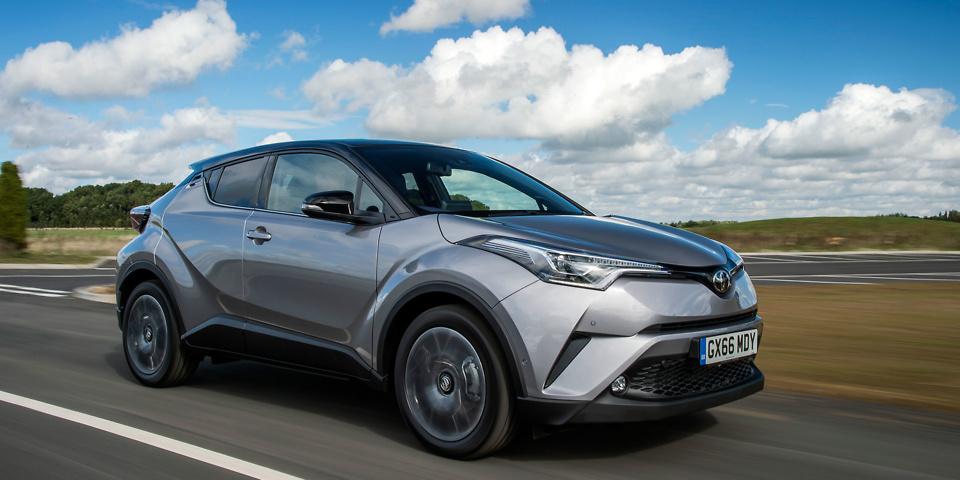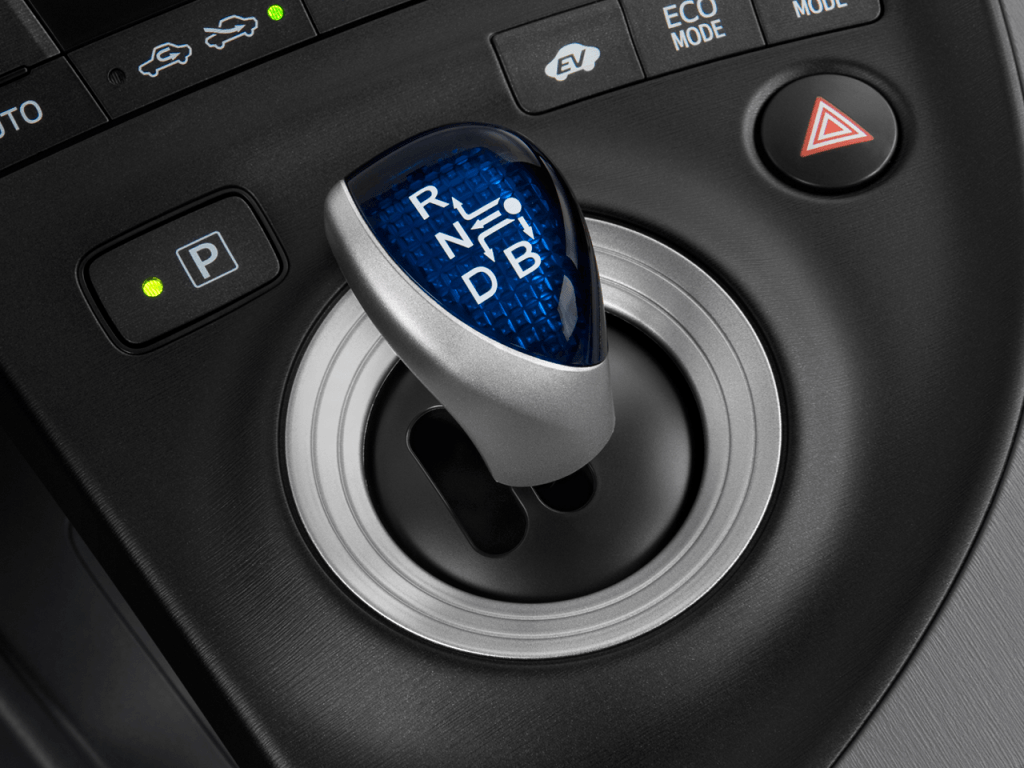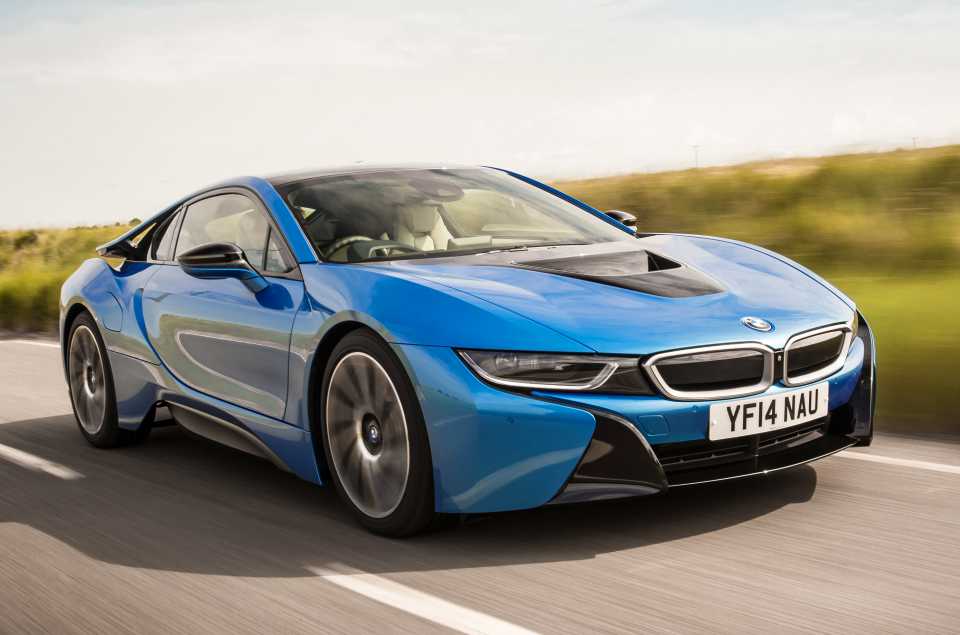How do hybrid cars work? The cross-breed vehicles give automakers a way to fuel-economy and carbon emission requirements.
It is a comparatively newer concept and most of the drivers are still not familiar with a hybrid car. So, it’s a legit curiosity to know how it works and what is under its hood.
Contents
How Do Hybrid Cars Work? – The Basic Principle
Does a Toyota Prius have anything common with a Cadillac ELR? Or, could you bring a BMW i3 and a Honda CR-Z in the same group? It seems illogical at the first look.
The BMW and Cadillac models are super luxurious cars while the Toyota and Honda models are budget versions. But, each of them is available with a hybrid powertrain!
A hybrid car has the internal-combustion engine and a fuel tank of traditional vehicles and the battery pack and electric motors of the electric automobiles.
It usually works by collecting and reusing the energy of a gasoline-burning engine that would otherwise go waste in standard vehicles.

How Do Hybrid Cars Work? – The Internal Structure
It’s vital to know about their internal structure to understand how they work. Check out the main features of their structure:
Gasoline Engine
All hybrid models have this traditional motor. In fact, it is their main power source since they can recollect and reuse half a ton of battery power from the consumption of one gallon of fuel.
Electric Motor
Apart from a traditional engine, the hybrid cars also use an electric version. This is the component that makes them so special.
It takes power from the battery to accelerate the vehicle. It also gives the power back to the battery in the event of slowing the car down.
SEE MORE:
Batteries
They are considered to be the powerhouse of the electric motor. They supply power to the engine and can also take it back when necessary.
Fuel Tank
A hybrid car still needs a fuel tank because it uses a gasoline engine. The engine burns fuel and supplies energy to the battery pack.
However, the upside is the car does need as much gasoline as required to run a traditional vehicle of similar capacity. The advanced technology of the hybrid vehicles facilitates less fuel consumption and fewer carbon emissions.
Transmission
Most hybrid models still use the gearbox that you see in the standard gasoline cars. However, the automakers have been trying to design something new for these hybrid versions. Certain cross-breed vehicles such as Toyota Prius use new transmissions, unlike the ones used in regular cars.

Generator
The generator takes power from the gasoline engine and supplies it to the battery and electric motor. To be precise, it is a device that transforms fuel into electrical energy for the battery and the motor.
A generator is a common feature in vehicles with a series drivetrain. Such a drivetrain runs by the mechanical power that either a gasoline-powered generator or battery supplies through the electric motor.
FAQs
1. How do hybrid cars recharge their batteries?
Hybrid cars recharge their batteries through a process called regenerative braking. When you apply the brakes or coast, the electric motor acts as a generator, converting kinetic energy into electricity to recharge the battery.
2. What is a plug-in hybrid car, and how does it differ from a regular hybrid?
A plug-in hybrid (PHEV) can be charged from an external power source, like a wall outlet. It has a larger battery capacity than a regular hybrid, allowing it to operate on electric power for longer distances.
3. Are there different types of hybrid systems?
Yes, there are several types of hybrid systems, including parallel hybrids, series hybrids, and power-split hybrids, each with its own way of combining the engine and electric motor.
4. What is the role of the hybrid’s computer system?
The hybrid’s computer system, often referred to as the hybrid control unit, manages the power flow between the engine and electric motor, optimizing performance and fuel efficiency.
5. How does the engine turn off and on in a hybrid car?
Hybrid cars often feature start-stop technology, where the engine automatically shuts off when the vehicle is stationary and restarts when the driver releases the brake pedal or accelerates.
6. Can hybrid cars be plugged into an electrical outlet like electric vehicles (EVs)?
Plug-in hybrid cars can be plugged into an electrical outlet to charge their batteries, but regular hybrid cars do not typically have a plug-in option.
7. Are hybrid cars more environmentally friendly than traditional gasoline cars?
Hybrid cars are generally more environmentally friendly because they produce fewer emissions and have better fuel efficiency.
However, their environmental impact depends on factors like the source of electricity and how they are driven.
Check out this video from Animated Engineering to learn more about hybrid cars and theirs major components!
Now you know how do hybrid cars work and some of its highlighted features! Hybrid cars are designed to provide improved fuel efficiency and reduce greenhouse gas emissions, making them a popular choice for environmentally-conscious consumers.




Hi Philipp Meister I have an idea to change the Mechanism of hybrid cars can you help me.